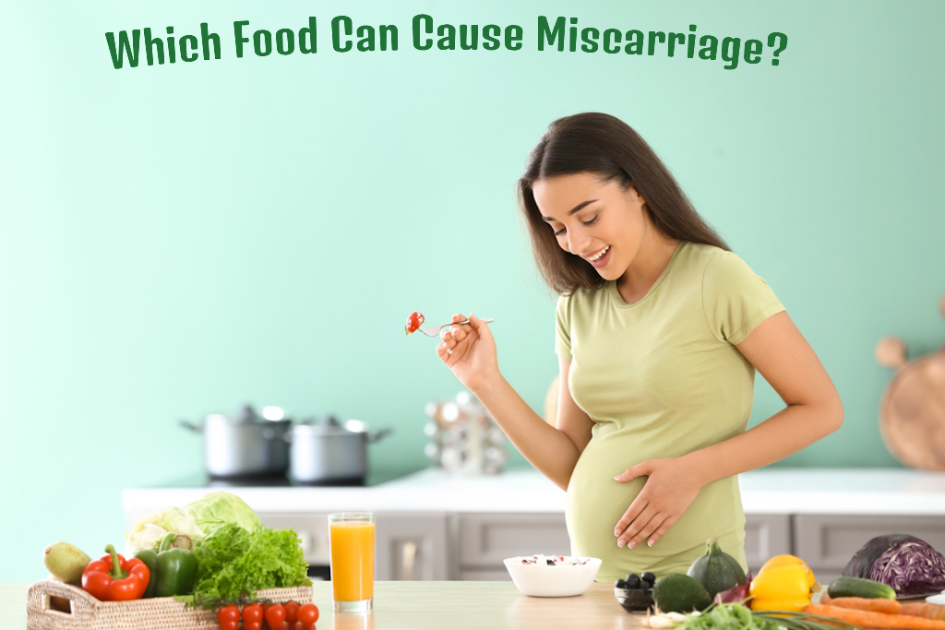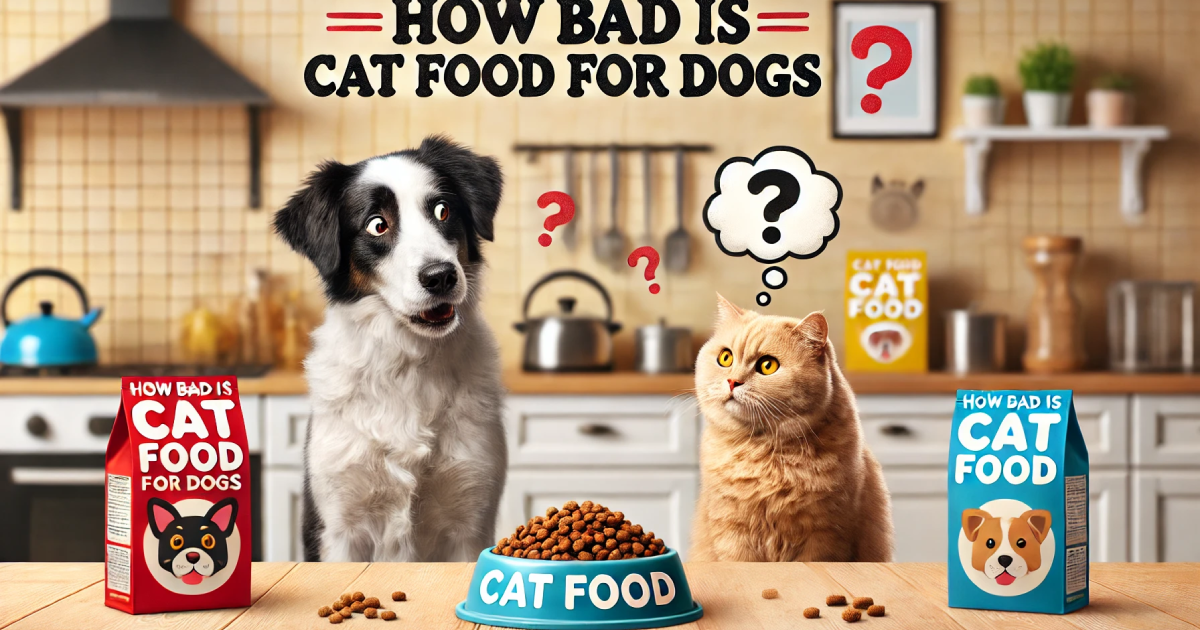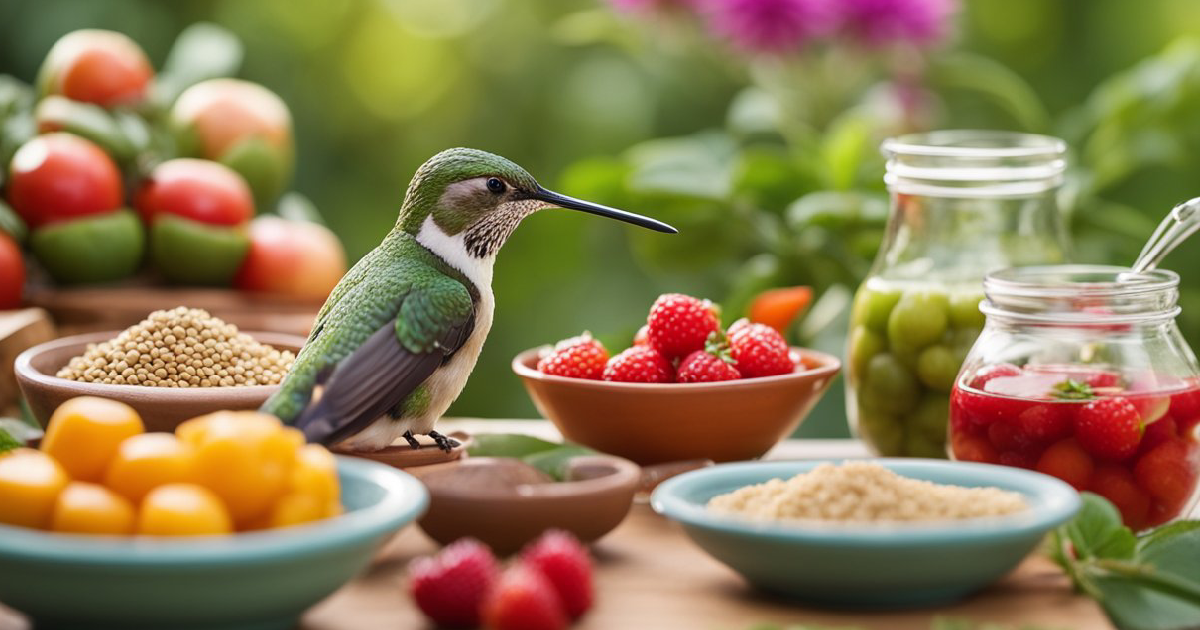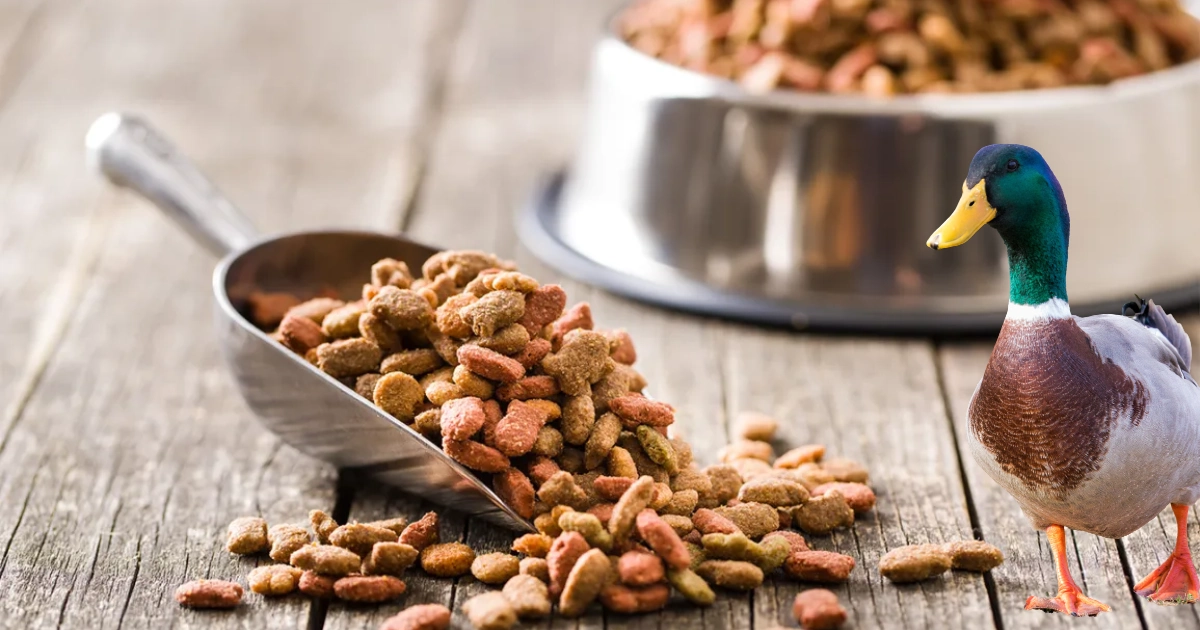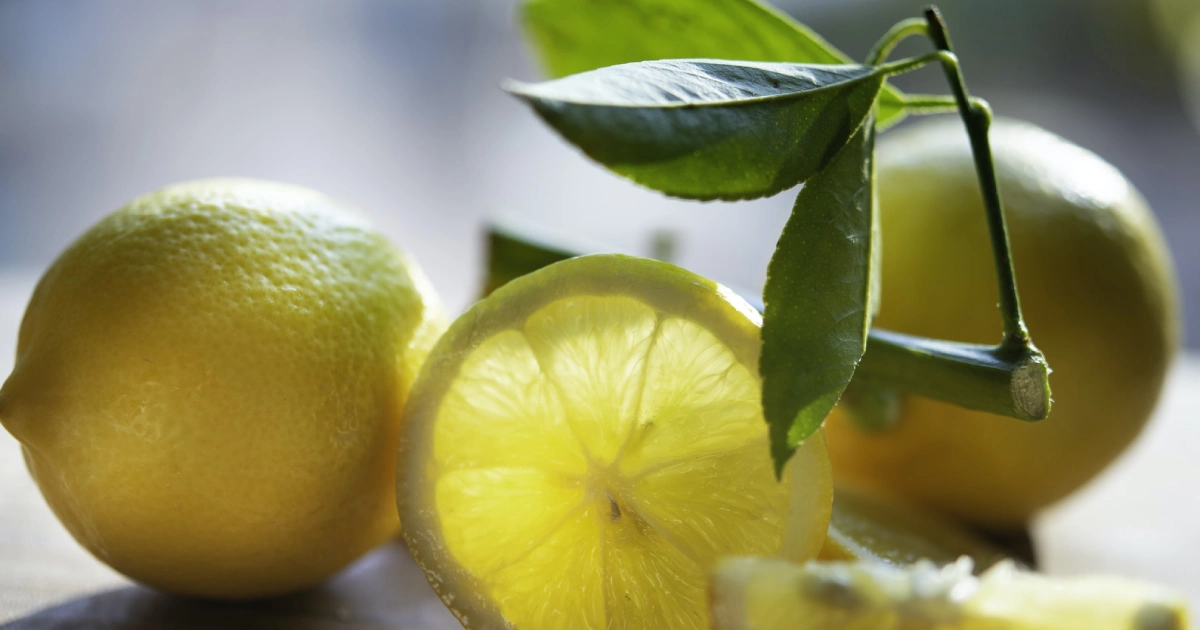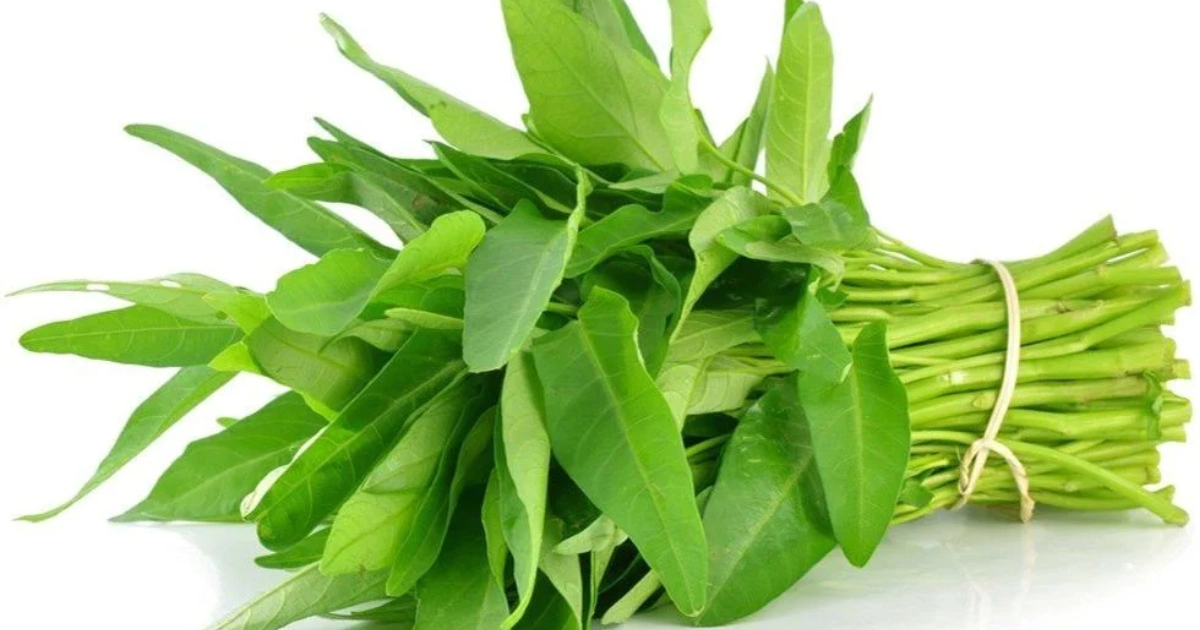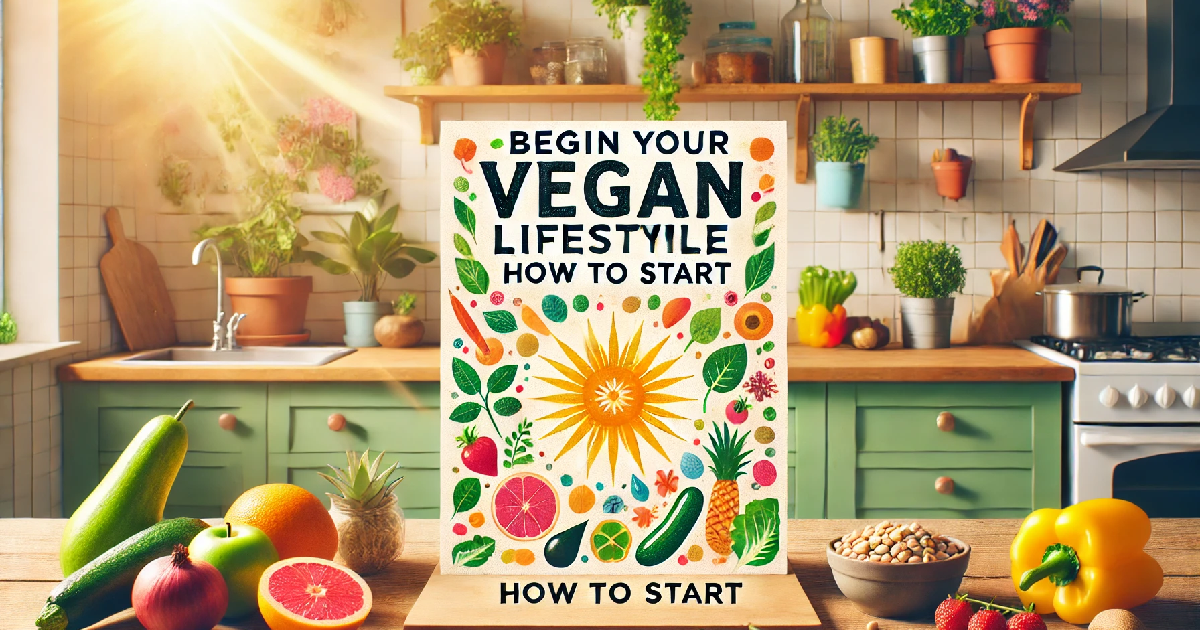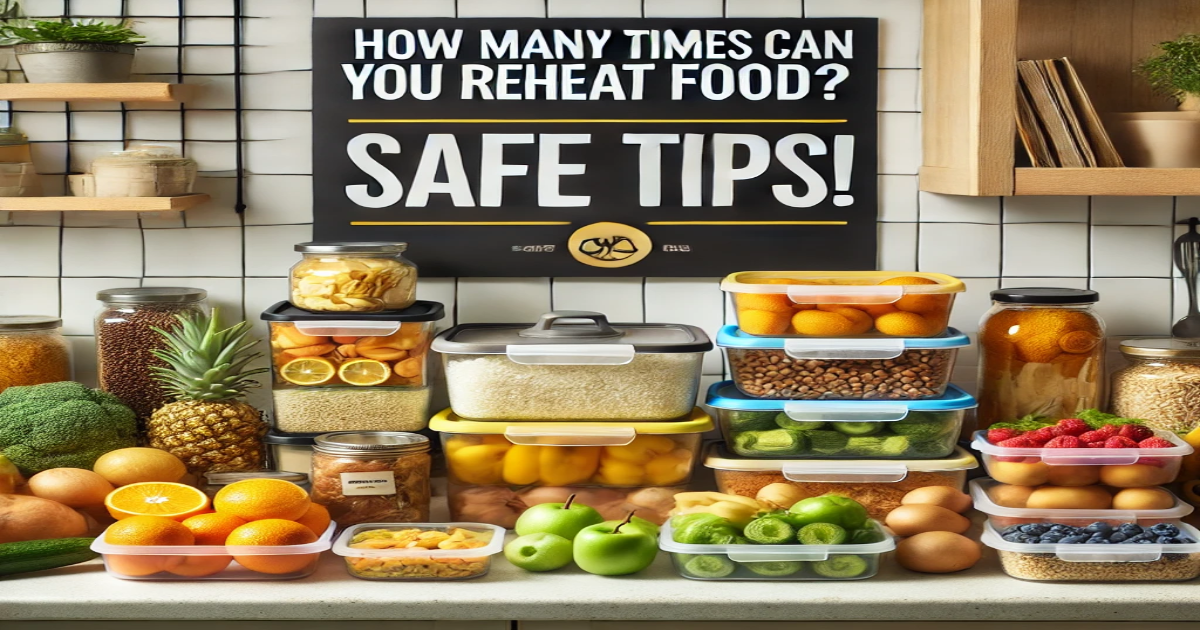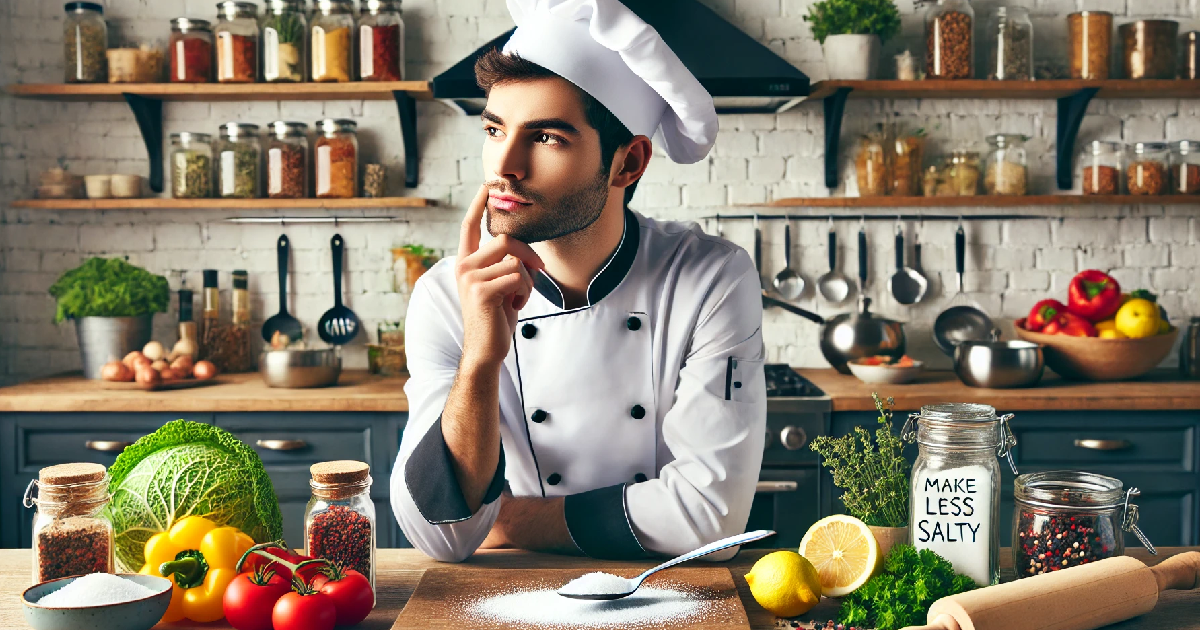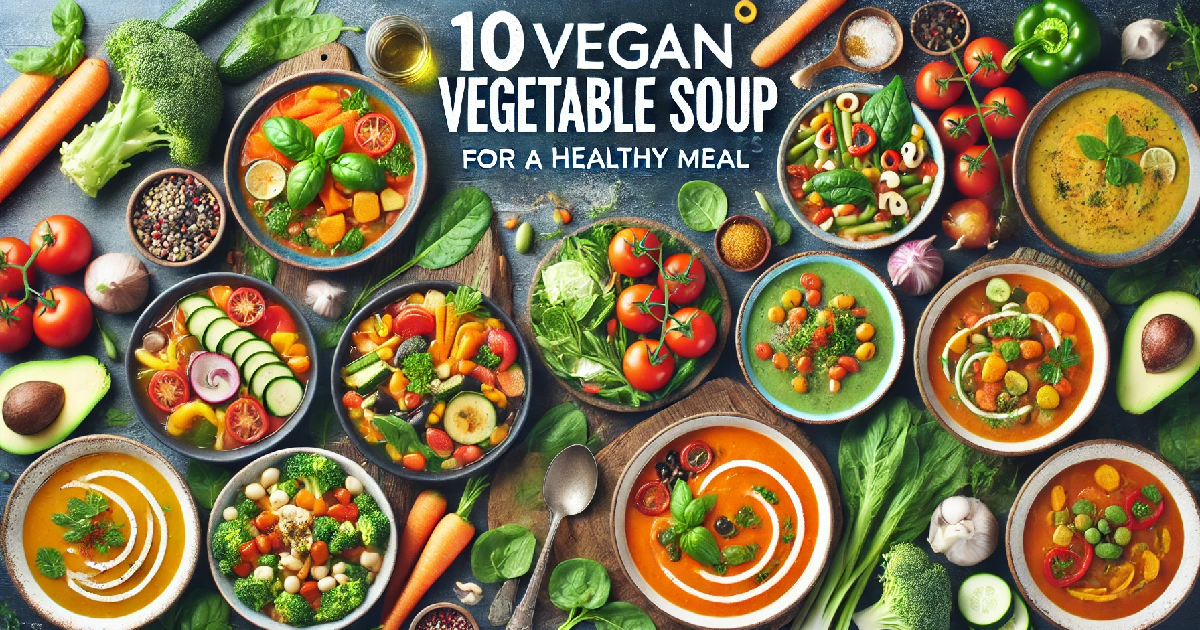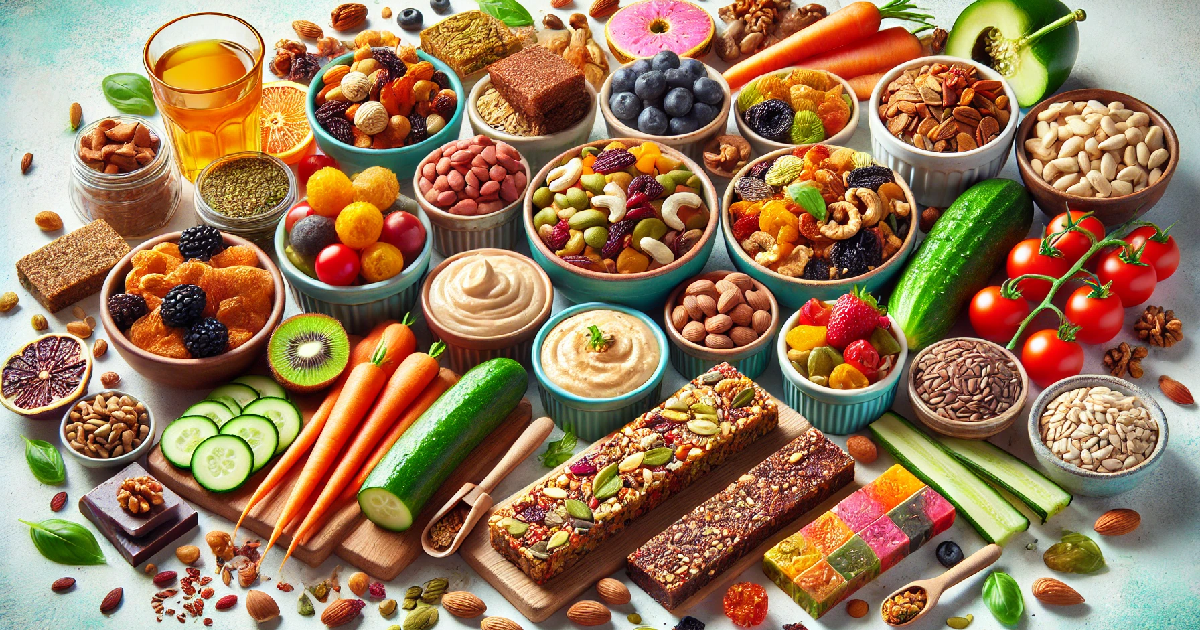Introduction
Many of us have stood in front of the microwave, wondering if it’s safe to heat our leftovers for the third or fourth time. Several things could be improved about reheating food, such as the belief that if food is cooked, any amount of reheating won’t affect its safety. This common assumption overlooks the complex interaction between heat and bacteria growth that can affect the food’s safety and quality.
Understanding the principles of food safety when reheating is crucial. Every time food is reheated, it passes through the temperature range, allowing bacteria to thrive. If this process is repeated or done improperly, it can increase the risk of foodborne illness.
Food safety experts from organizations like the FDA and USDA have established clear guidelines to guide us through safe reheating practices. These include recommendations on how often food can safely be reheated, the temperatures required to kill harmful bacteria, and the best practices for cooling and storing leftovers. These guidelines are not just rules but protective measures designed to keep us healthy.
How Many Times Can You Reheat Food?
A common question in kitchen safety concerns the frequency of reheating food. The general rule of thumb is that food should ideally not be reheated more than once. Reheating food multiple times can significantly change its taste, texture, and nutritional content. Essential nutrients, such as vitamins and minerals, can degrade each time food is heated, reducing the dietary value of the meal.
Moreover, each reheating cycle can compromise food safety. Each cycle allows potential bacteria to thrive, especially if the food is not heated past the recommended temperature threshold, effectively killing harmful organisms. The FDA and USDA advise that food be reheated to at least 165°F, measured with a food thermometer, to ensure safety. This standard applies to all types of foods, though some, like soups and stews, should be brought to a rolling boil to ensure even heat distribution.
Adhering to these guidelines ensures that your reheated meals are safe to eat and as nutritious as possible. Following expert advice from food safety authorities helps minimize the risk of foodborne illnesses and maximizes your meals’ enjoyment and health benefits.
Best Practices for Reheating Food Safely

Choosing the Right Containers
When reheating food, selecting the appropriate container is crucial. It’s essential to use microwave-safe or oven-safe containers to avoid any chemical leaching or container damage that could contaminate your food. Many plastics, when heated, can release harmful chemicals into food, posing severe health risks over time. Glass or ceramic containers are generally safer and more effective at distributing heat evenly, ensuring your food is heated throughout without any cold spots that could harbour bacteria.
Optimal Reheating Temperatures
Ensuring your food reaches the proper temperature during reheating is vital for killing harmful bacteria. The USDA recommends reheating all leftovers to at least 165°F. Achieving this temperature throughout the dish is crucial, which is where a food thermometer comes into play. By inserting a food thermometer into the thickest part of the food, you can confirm it has reached a safe internal temperature. This practice enhances safety and preserves the food’s quality, preventing overcooking while ensuring it is hot enough to be safe for consumption.
Foods That Should Not Be Reheated
High-Risk Foods
When reheated, certain foods pose higher risks because they are more likely to harbour bacteria that can lead to foodborne illnesses. Foods like rice and chicken are particularly susceptible. Rice, for instance, can contain Bacillus cereus spores, a bacterium that can survive cooking and increase if the cooked rice sits at room temperature for too long. Similarly, reheating chicken improperly can lead to uneven heating, allowing Salmonella bacteria to survive. These foods require careful handling and should ideally be reheated only once and to the correct temperature.
Alternative Ways to Use Leftovers
Instead of reheating, consider using leftovers in dishes that can be enjoyed cold or at room temperature. Leftover meats can be added to salads or wraps, while cooked vegetables can be tossed into a cold pasta salad. This not only ensures safety but also helps in preserving the nutritional integrity and flavour of the food.
How to Store Leftovers Properly
Cooling and Storing Techniques
Proper cooling and storage are critical in extending the safety and freshness of leftovers. Food should be cooled down as quickly as possible to prevent the growth of bacteria. To cool large amounts of leftovers quicker, divide them into smaller, shallow containers. These should then be refrigerated within two hours of cooking. Keeping your refrigerator at the right temperature, typically below 40°F (4°C), is essential for safe storage.
Signs That Food Should Not Be Reheated
Before deciding to reheat food, it’s important to recognize signs that it may no longer be safe to consume. Any odd smells, discolouration, or visible mould are clear indicators that the food should be discarded. Reheating will not destroy the toxins that bacteria in spoiled food might have produced.
The Impact of Repeated Reheating on Food Quality
Repeated reheating can significantly alter food’s texture, flavour, and moisture content. Each cycle can cause foods to become drier or overly mushy, and flavours can become less pronounced. To preserve the quality of meals, it’s crucial to reheat only the amount needed and use methods that restore moisture and enhance flavours, such as adding a little water before reheating soups or stews and covering dishes to trap steam inside.
Is it Safe to Reheat Food 3 Times?
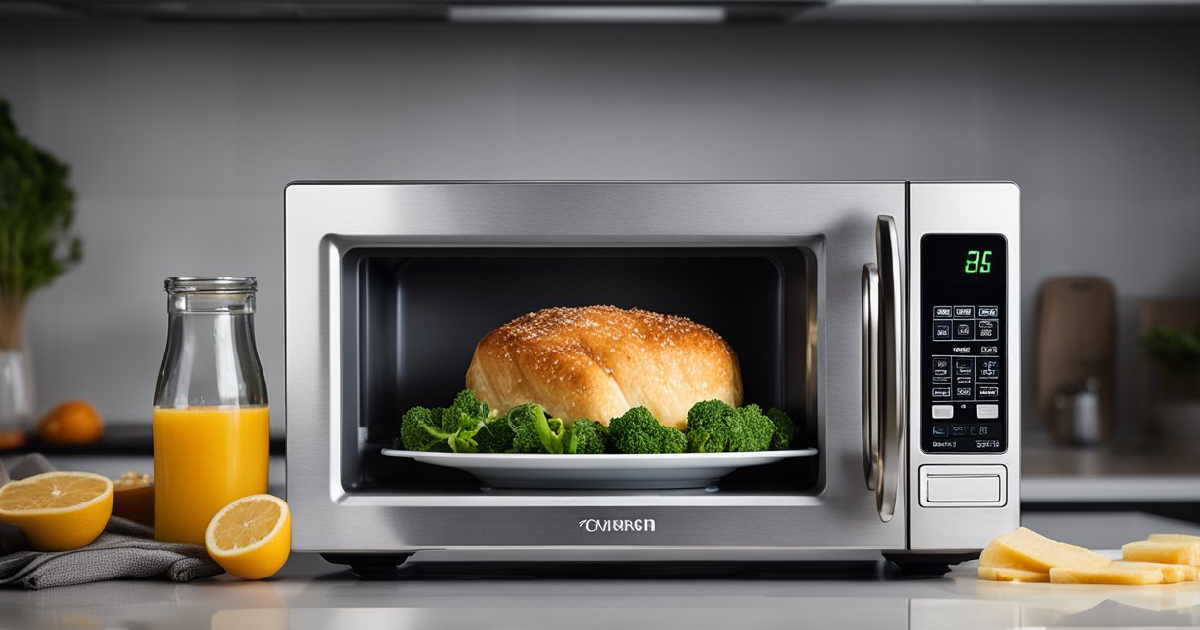
Understanding Bacterial Growth and Food Safety
The safety of reheating food multiple times is questionable due to the potential for bacterial growth each time the food cools and is reheated. Bacteria such as E. coli and Salmonella can multiply rapidly when food is held between 40°F and 140°F, known as the “danger zone.” Each cycle of cooling and reheating can increase the risk of these bacteria reaching harmful levels. Reheating kills bacteria but does not permanently eliminate the toxins they might have produced, which can lead to foodborne illness.
Guidelines from Health Organizations
Health organizations like the CDC and FDA provide specific guidelines to minimize the risks associated with reheating food. These agencies recommend limiting the number of times food is reheated to just once, as further reheating can compromise safety and quality. They emphasize the importance of reheating food to at least 165°F, ensuring it reaches this temperature throughout to kill any potentially harmful bacteria effectively. Following these guidelines is essential to maintaining food safety and preventing illness.
Is There a Limit to Reheating Food?
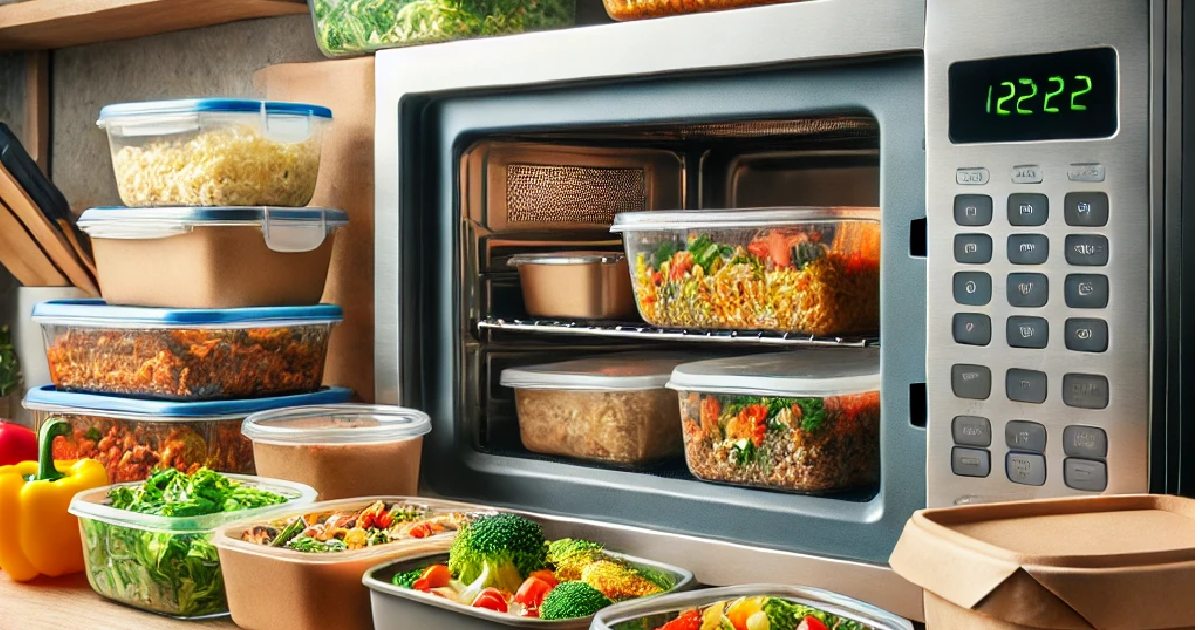
The Rule of Thumb for Reheating Food
Food safety experts generally advise limiting reheating to just one time. While reheating food more than once is not strictly prohibited, it is discouraged due to the increased risk of foodborne illness. Each time food is reheated, it must pass through the temperature range that allows bacteria to proliferate, increasing the chance of contamination. Reheating food multiple times can also degrade its quality, taste, and nutritional value.
Specific Risks Associated with Various Foods
Different types of food react differently to reheating. Meats and proteins, for instance, should be reheated only once as they can become burdensome, dry, and less palatable. Reheating meats multiple times can also lead to protein denaturation, affecting digestibility and nutritional value. Rice is particularly risky because it can harbour Bacillus cereus spores, which can survive cooking and increase if not stored appropriately before the first reheating. Vegetables also need careful handling; reheating them multiple times can break down their cellular structures, leading to a loss of nutrients and a mushy texture.
How Many Times Can You Reheat Leftover Food?
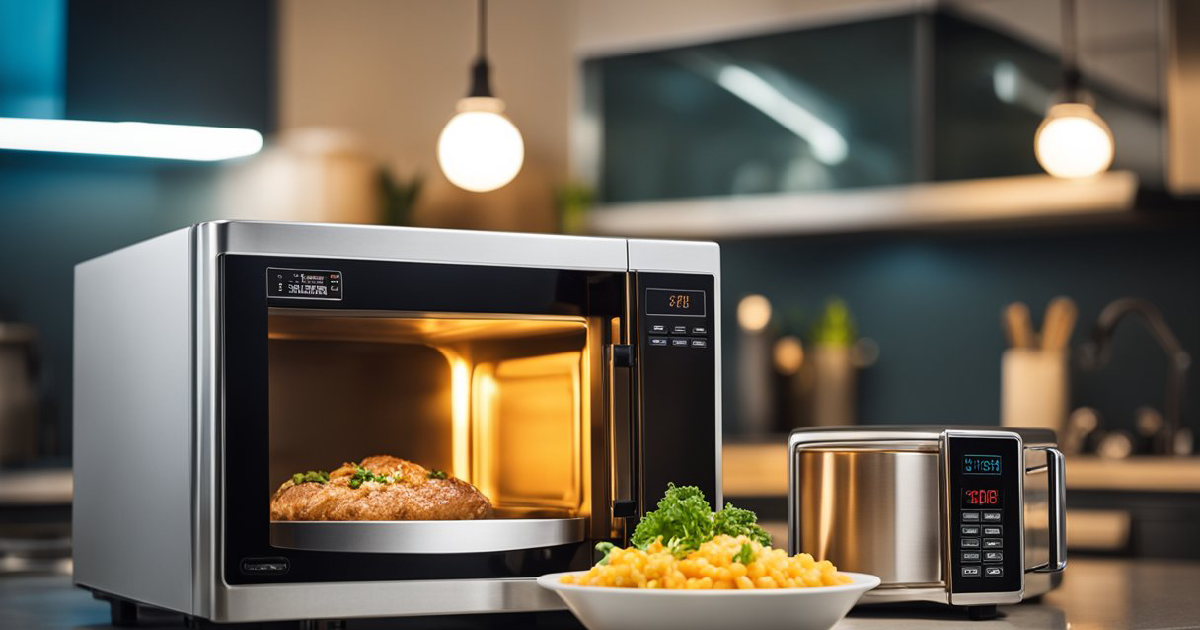
Impact on Nutritional Value
Reheating food can significantly affect its nutritional integrity. Vitamins and minerals can be particularly sensitive to heat, with nutrients like Vitamin C and some B vitamins diminishing with each reheating session. Proteins might denature, and fats can oxidize, which not only alters the taste and texture but can also reduce the food’s overall nutritional benefits. Understanding this impact is crucial for anyone aiming to maintain a healthy diet while managing leftovers.
Best Practices for Reheating Leftovers
Certain practices should be followed to preserve the taste and safety of leftovers. Always cover food while reheating to trap steam and promote even heating. Stirring food midway through the reheating process can help distribute heat more evenly, preventing cold spots where bacteria might survive. Using a food thermometer to check that all parts of the food reach at least 165°F ensures it is safe to eat. These steps are essential not just for safety but also for maintaining the quality of the food.
Why Can’t You Reheat Food a Second Time?
Scientific Explanation of Risk Factors
Reheating food multiple times can create a conducive environment for bacteria to grow, especially if the food does not reach the appropriate temperatures or is cooled slowly. Each cycle of reheating and cooling can increase the risk of bacterial multiplication, making the food unsafe to consume. Moreover, chemical changes during reheating can result in the formation of new compounds that may be harmful to health. Understanding these risks at a microbial and chemical level is crucial for maintaining food safety.
Alternative Uses for Leftovers
Instead of reheating leftovers multiple times, consider incorporating them into dishes that can be enjoyed cold. Leftover roasted chicken, for instance, can be shredded and added to a salad or wrapped in a tortilla with fresh vegetables. Such uses avoid the risks associated with multiple reheatings and add variety to meals, making leftovers something to look forward to rather than a safety concern.
Conclusion
In this discussion, we’ve covered essential aspects of safely reheating food, underscoring the importance of limiting the number of reheats to preserve both nutritional value and safety. We’ve explored how various types of food react differently to reheating and the best practices to ensure that leftovers are both delicious and safe to consume.
Adhere to the food safety guidelines provided by reputable health organizations, such as ensuring that food reaches the recommended internal temperatures. By following these guidelines, you can protect yourself and your family from foodborne illnesses and enjoy your meals with peace of mind.
We encourage you to share your own experiences and tips about reheating food. Your insights could help others make better decisions in their kitchens, promoting a community of informed, health-conscious cooks. Please leave your comments below and join the conversation on safe and effective food reheating practices!
FAQs
1. Can I reheat food more than once?
Reheating food more than once is not recommended due to the increased risk of foodborne illness. Each reheating cycle can potentially allow bacteria to thrive if the food is not heated thoroughly and rapidly through the danger zone of 40°F to 140°F. However, if you must reheat food multiple times, ensure it reaches 165°F each time and minimize its duration within the danger zone.
2. What is the safest way to reheat food to prevent food poisoning?
The safest way to reheat food to prevent food poisoning is by ensuring it reaches an internal temperature of 165°F. Use a food thermometer to check the temperature, and heat the food in a manner that distributes heat evenly, such as stirring liquids and turning solids halfway through reheating. Covering food can also help retain moisture and ensure even heating.
3. Are there any foods that improve with reheating?
Certain foods can indeed taste better when reheated properly. After reheating, stews and soups often develop a more enhanced flavour as the ingredients have more time to meld. Similarly, dishes like casseroles and lasagnas may also improve in texture and flavour as they are reheated, making the flavours more concentrated and cohesive.
4. How long should I reheat food in the microwave or oven?
The time needed to reheat food effectively in the microwave or oven varies depending on the type of food and the quantity. Generally, start by reheating food for two minutes on high in the microwave, then check the temperature and stir if possible. Continue heating in short intervals until the food reaches 165°F. For oven reheating, preheat to 350°F and cover the food with foil to prevent drying; most foods will heat through in 10 to 20 minutes.
5. What should I do if I’m unsure whether food is safe to reheat?
If you are unsure about the safety of reheating food, it’s better to err on the side of caution and dispose of it, especially if there are any signs of spoilage like an off smell, mould, or an unusual texture. Food safety should always take precedence over saving leftovers.
6. Is it safe to reheat food in plastic containers?
Reheating food in plastic containers is only recommended if the plastic is labelled microwave-safe. Many plastics can release harmful chemicals into food when heated. Instead, transfer food to a microwave-safe glass or ceramic dish for reheating to avoid any health risks from chemicals leaching into your food.



